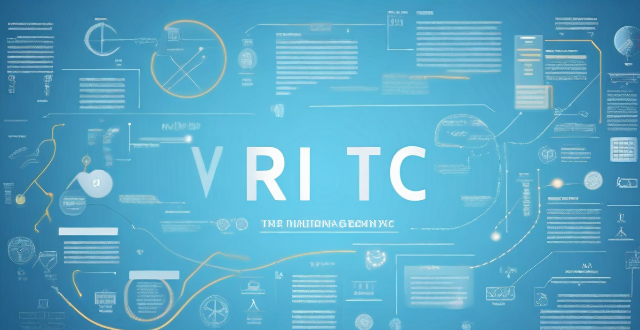Academic writing is a form of writing that follows specific guidelines and conventions to ensure clarity, precision, and objectivity. Key elements of academic writing include a clear and concise title, an abstract summarizing the paper, an introduction setting the stage for the research, a literature review evaluating existing research, a methodology section describing the research design and procedures, a results section presenting the findings, a discussion interpreting the results, a conclusion summarizing the main points, and references listing sources. Appendices may also be included for supplementary materials.

Key Elements of Academic Writing
Academic writing is a form of writing that follows specific guidelines and conventions to ensure clarity, precision, and objectivity. It is primarily used in academic settings such as universities, research institutions, and scholarly publications. Here are the key elements of academic writing:
Title
The title should be clear, concise, and accurately reflect the content of the paper. It should also be informative enough to attract potential readers.
Abstract
An abstract is a brief summary of the paper, typically ranging from 150 to 250 words. It should provide a concise overview of the purpose, methodology, results, and conclusions of the research.
Introduction
The introduction sets the stage for the paper by providing background information on the topic, stating the research question or hypothesis, and outlining the purpose and scope of the study. It should also include a brief literature review to establish the context for the research.
Literature Review
The literature review critically evaluates existing research on the topic, identifying gaps in knowledge and establishing the significance of the study. It should be organized around themes or topics and include both supporting and opposing viewpoints.
Methodology
The methodology section describes the research design, sample selection, data collection methods, and analysis procedures used in the study. It should be detailed enough to allow replication of the study by other researchers.
Results
The results section presents the findings of the study in a clear and organized manner. It may include tables, figures, and statistical analyses to support the interpretation of the data.
Discussion
The discussion section interprets the results in light of the research question or hypothesis and compares them to existing literature. It should also address limitations of the study and suggest future research directions.
Conclusion
The conclusion summarizes the main points of the paper and highlights its contributions to the field. It should be concise and avoid introducing new information.
References
References are listed according to a specific citation style (e.g., APA, MLA, Chicago) and provide sources for all cited materials. Proper citation is essential to avoid plagiarism and give credit to original authors.
Appendices (Optional)
Appendices contain supplementary materials that are not essential to understanding the main text but may be useful for further reference or clarification. Examples include raw data, additional tables or figures, and questionnaires used in the study.